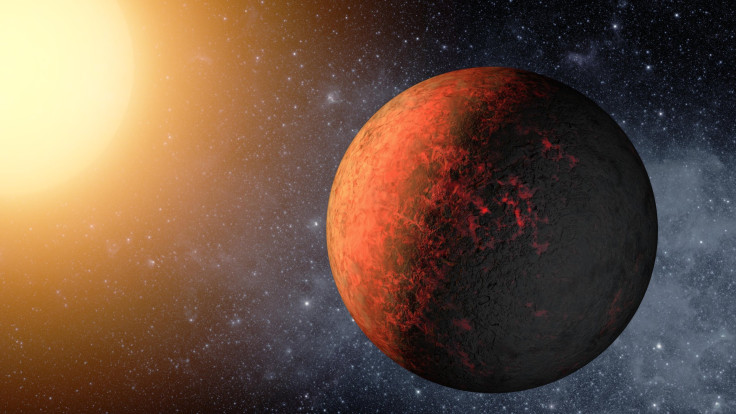How Many Earth-Like Planets Are In Space? Astronomers Don’t Know

Scientists have found a lot of planets in other solar systems that have a rocky makeup like Earth and are roughly the same size, but that doesn’t mean they are Earth-like planets. Astronomers are saying that these rocky exoplanets might just be the scorched dead bodies of huge gassy ones that had their atmospheres ripped away from them, leaving behind their solid but uninhabitable cores.
A new study suggests that all these rocky exoplanets orbiting close to their stars may have originated as gas giants — planets that are comparable to our own Jupiter and Saturn — but the radiation gushing outward from their nearby stars blew away all the gas like it was the seeds of a dandelion. The idea could have implications for how scientists look at planetary formation as well as the search for habitable worlds and extraterrestrial life.
In recent years, telescopes have detected a large number of alien planets and many of them, including in our very own Milky Way galaxy, are rocky orbs. A good number are also close to the size of Earth and are potentially within a habitable zone, the distance from their star where its heat is just right to support liquid water, rather than just vapor or ice.
There are other types of exoplanets too, like “hot Jupiters,” which appear to have a similar size and consistency to Jupiter but are orbiting much closer to their stars compared to the real Jupiter’s orbit in the outer solar system. Their close orbit makes for super hot conditions.
We don’t know much about these planets because they are so far away, but scientists have looked at the types of exoplanets they find most frequently to estimate how many are out there and how many may be able to harbor alien life. This new study suggests we may not be able to do even that, based on an analysis of the distribution of planetary size and distance from their stars.
“One of the big discoveries is that Earth-sized, likely rocky planets are incredibly common, at least on hotter orbits,” NASA planetary scientist Eric Lopez, who did not participate in the study, told Science News. “The big question is, are those hot exoplanets telling us anything about the frequency of Earth-like planets? This suggests that they might not be.”
Another piece of information to consider, however, is that scientists more often find exoplanets orbiting their host stars closely, simply by the nature of their observation methods. Planets are usually spotted when they pass in front of the star from the vantage point of Earth, called a transit. The exoplanets that are orbiting farther out are harder to detect than the ones closer in. This means that although the planets astronomers are finding may not be friendly to life, there could be tons out there that are and are waiting to be discovered.
This study is not the first time scientists have suggested that a star could strip a potentially habitable planet of its ability to support life. Other research released earlier this month focused specifically on water worlds — those that are almost completely covered in ocean. The scientists on that study suggested that the gas and charged particles blowing on the stellar wind could strip their atmospheres if they are orbiting too close to their host stars, taking away the rest of their water with them and making the planets inhospitable.
That could be a bummer for extraterrestrial enthusiasts, since some experts think aquatic alien life is far more likely than land-dwelling life. There is also evidence that young Earth, harboring the only life in the universe that we know, was much closer to a water world than it is today.
© Copyright IBTimes 2025. All rights reserved.




















